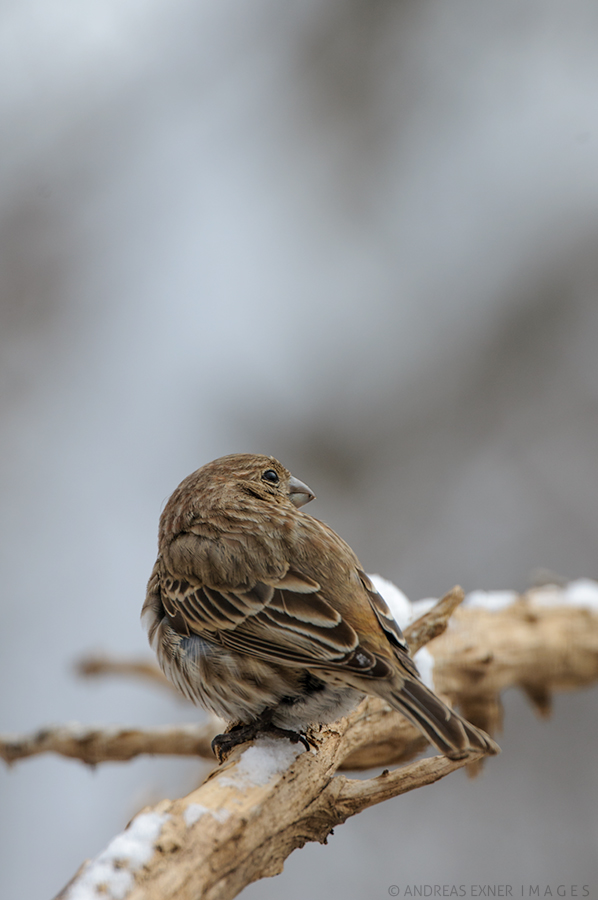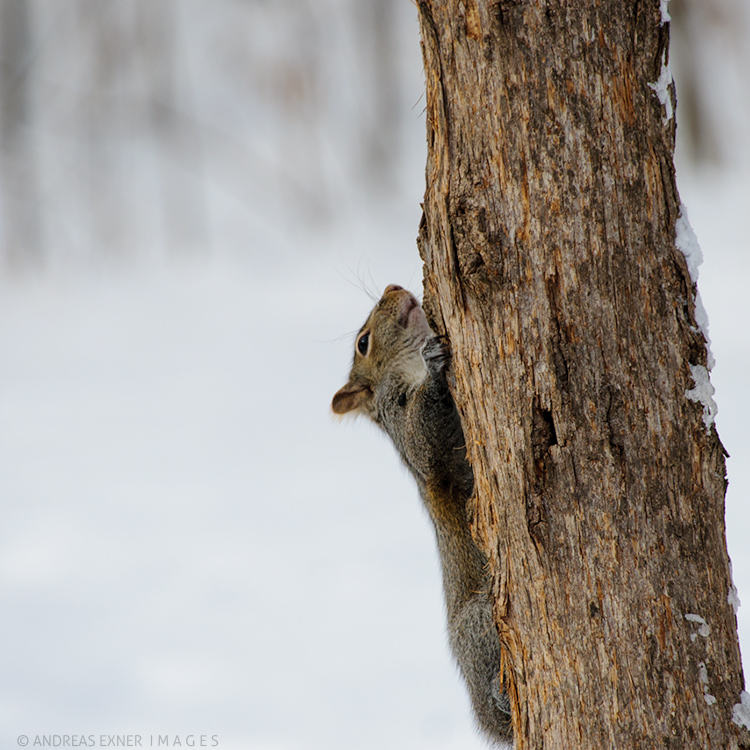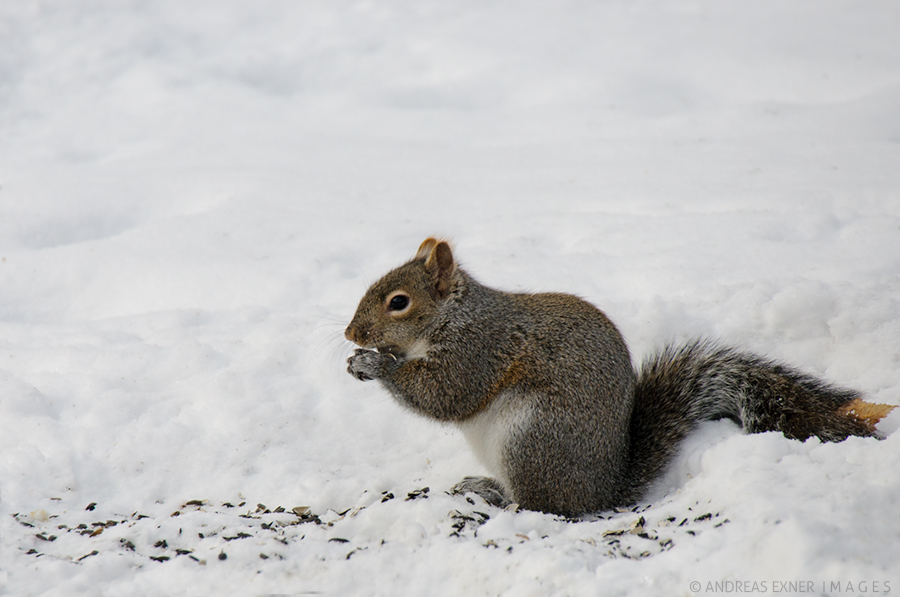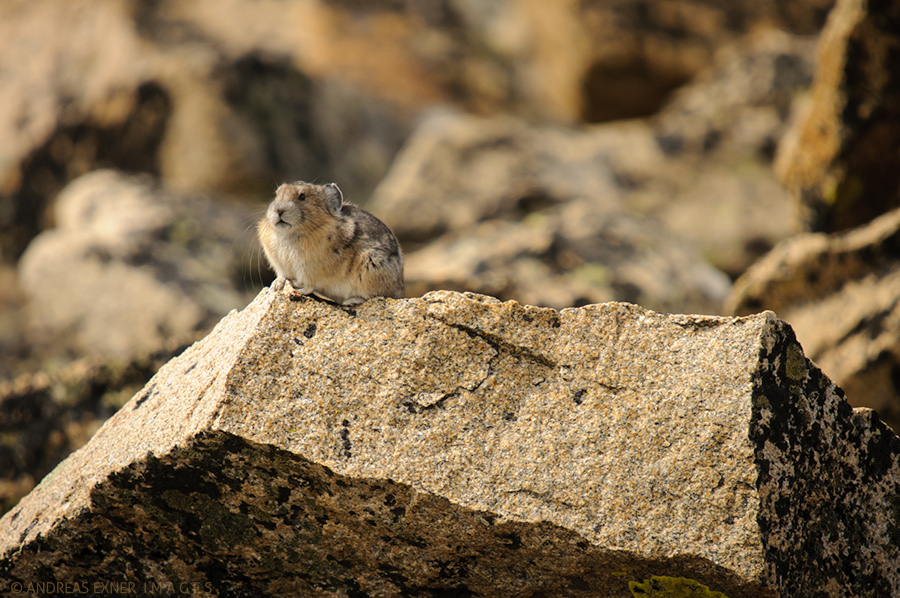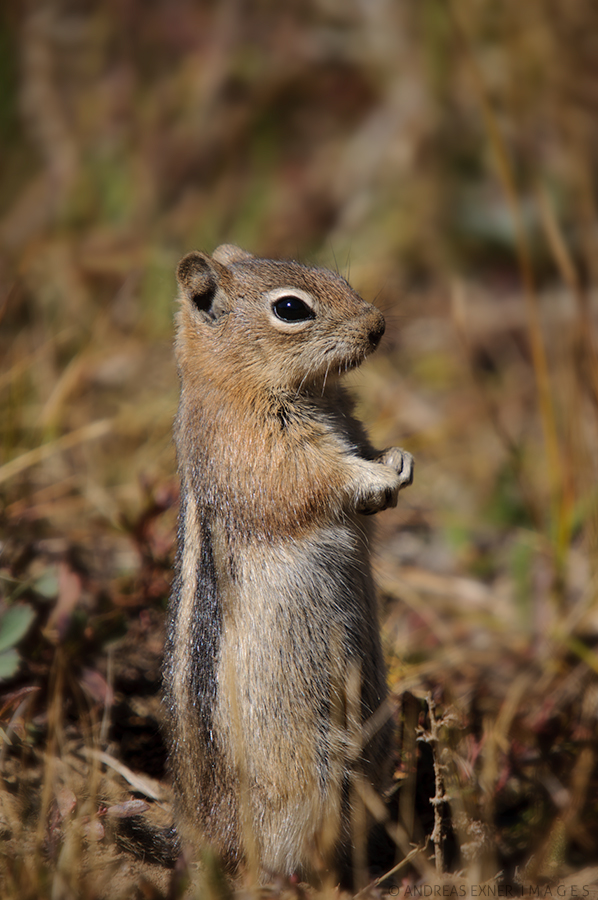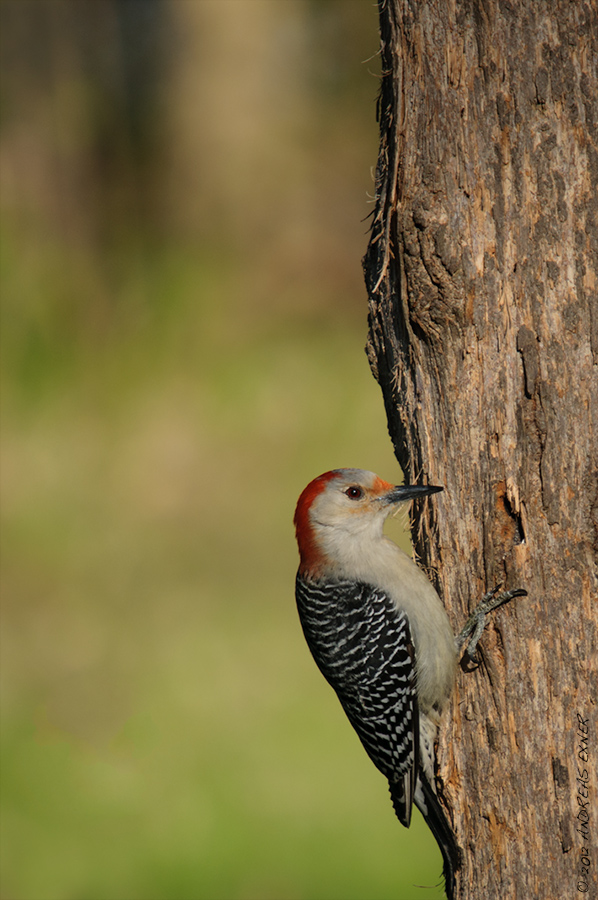No, I didn't buy a new lens but I had a chance to test the Sigma 50-500 F4.5-6.3 APO DG HSM OS with optical stabilization (OS). My photography friend Dave Updegraff owns this lens and yesterday we tried to replicate a problem that he had experienced several times before with this lens. The lens sometimes stopped working in very low temperatures, which is very annoying if you are out and like to shoot Bald Eagles or other birds in the winter. Well, we were not able to make this happen at our house even after leaving the lens outside in the cold for about twenty-five minutes. It worked flawless on my Nikon D300s and as well on his D3. Finding out that the lens was often stored in his car near the heat inlet made me believing that we see a problem (ok, we didn't see it yesterday :-) ) created by heat, moisture and a following temperature shock that makes the lens freeze up. Time will tell, if by putting it to a different place in the car while driving the problem can be solved. I would be very happy to hear that from Dave. If not, well, I'm out of other ideas at the moment.
Dave had also asked me about my opinion regarding the sharpness of his Sigma 50-500. I took quite a few test shots using the same set up that I used during the last few weeks for my own bird photography. This gave me the chance to compare the performance of his lens directly with my previous results. Here are my impressions.
The Sigma 50-500 with the OS feature delivered the same good results if it was mounted on the tripod, using the gimbal head, and the optical stabilization turned off. I had the feeling (not sure) that the lens responded a tad faster to the autofocus than my older lens. Not every image was sharp because birds chew on seeds or move around fast and sometimes there is just not enough time for the autofocus to detect contrasty edges. This is not unusual and I call it pilot error (the pilot being me :-) ). The photo of the House Finch here may serve as a proof for my first statement.
We stepped outside and I made some more clicks, this time handhold, without the aid of a tripod, and the optical stabilization turned on. What a difference to my old lens! Without any preparation or "warm up" I was able to create some sharp images of the Eastern Gray Squirrel, who in great numbers occupy the bird feeders in our yard. Squirrels are not always easy to shoot because of the lack of contrast on their fur (unlike a woodpecker) and I was positively surprised how much the optical stabilization helped here to get the image sharp. To be honest, I wished I had waited a few months longer with my purchase until Sigma introduced the OS feature on the 50-500. I still think it is a great lens for those of us that have a limited budget.
Beside all the lens and camera talk Joan and I have enjoyed the conversation beyond photography with Dave. It was time well spent and now I just hope that we found the cause for the freeze up of the lens.

